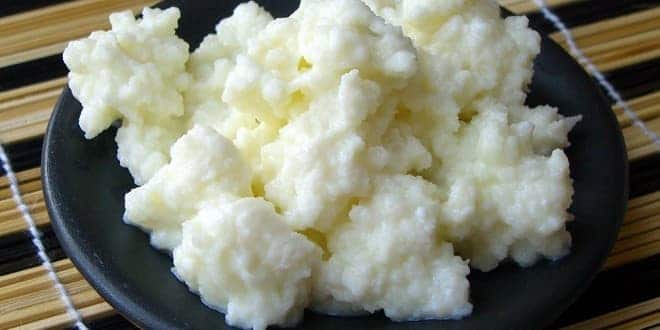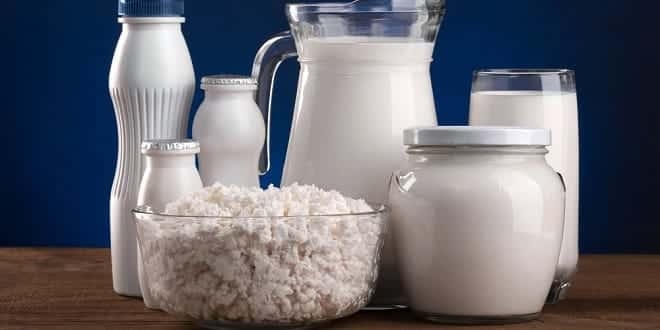Kefir ( FE 376 Food Quality Control Presentation )
Supervisor: Prof. Dr. SİBEL FADILOĞLU
Asisstant : Res. Asisst. Hasene KESKİN
GROUP A2
Fatma ATALAY
İlknur AYTEN
Burcu AYKANAT
Mehmet Ali BACANAK
Emre BALIÇOK
INTRODUCTION
Fatma ATALAY
HISTORY OF KEFIR
Kefir was found 5000 years ago by the Turks who continued their nomadic life in Central Asia. When they first domesticated animals, the Turks, who benefited from their milk, carried milk products that they brewed in every area of their lives everywhere. They are constantly using horses, goats and sheep from their side; They produced kefir from horse milk, kumiss, goat or sheep milk.
That is why the Europeans gave the Turks the name “Lactafagus” (milk glutton).
They have been in the interest of researchers with their brain and physical strength, their protein nutrition, their very strong and healthy body structures.
Elie Metchnikoff is a Nobel Prize-winning biologist at the Pasteur Institute, he attributed the long and healthy life of the Caucasus Montains to their consumption of sour milk.
FERMENTATION OF KEFİR
Kefir fermentation is similar to yogurt fermentation.
Yogurt is only fermented by bacteria but kefir fermentation involves the help of bacteria as well as yeasts. These yeast produce some alcohol and carbon dioxide, which gives kefir its typical fizzy aspect.
Kefir is inoculated with special kefir grains. These grains are mixtures of bacteria and yeasts in a matrix of proteins, lipids and carbohydrates.
Kefir fermentation is done at room temperature, which makes the process easier. On the other hand, not everyone likes the taste of kefir.
C6H12O6 –> 2C3H6O3+2ATP Sugar (glucose) → Lactic Acid + Carbon Dioxide +Energy (ATP)or
Pyruvic acid + NADH → Lactic acid + NAD
PRODUCTION OF KEFİR
QUALITY PARAMETERS OF KEFIR
Burcu AYKANAT
INGREDIENTS OF KEFIR
Water
Fat
Lactose
Lactic acid
Minerals
CHEMICAL COMPOSITION OF KEFIR
Kefir composition is non-uniform and not well described.The type and volume of milk affect its sensory, chemical and textural properties.
The composition of its grains and cultures and the production process influence its properties.
Kefir typically contains 89–90% moisture, 0.2% lipid, 3.0% protein, 6.0% sugar, 0.7% ash and 1.0% each of lactic acid and alcohol.
Kefir has been reported to contain 1.98 g/L of CO2 and 0.48% alcohol and the content of carbon dioxide (201.7–277.0 ml/L) positively correlated with the concentration (10–100 g/L) of kefir grains
…




